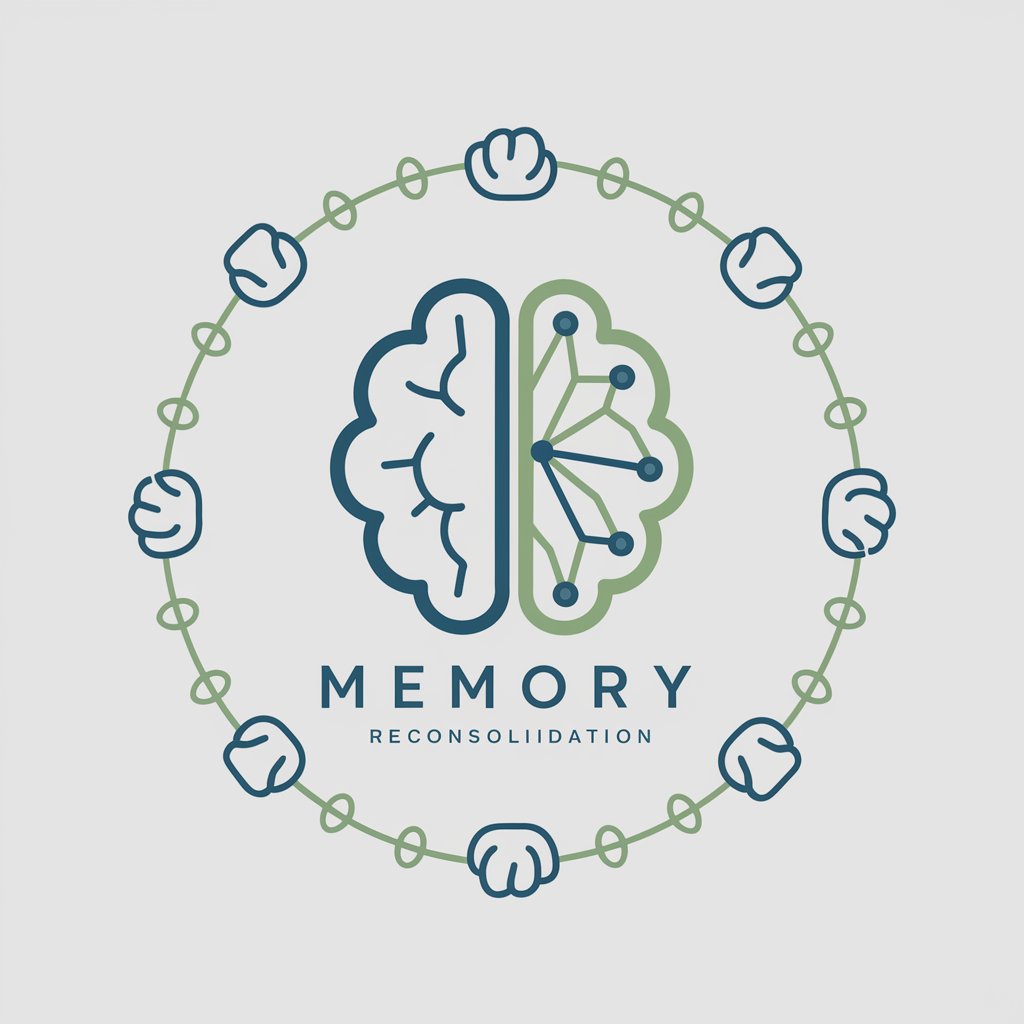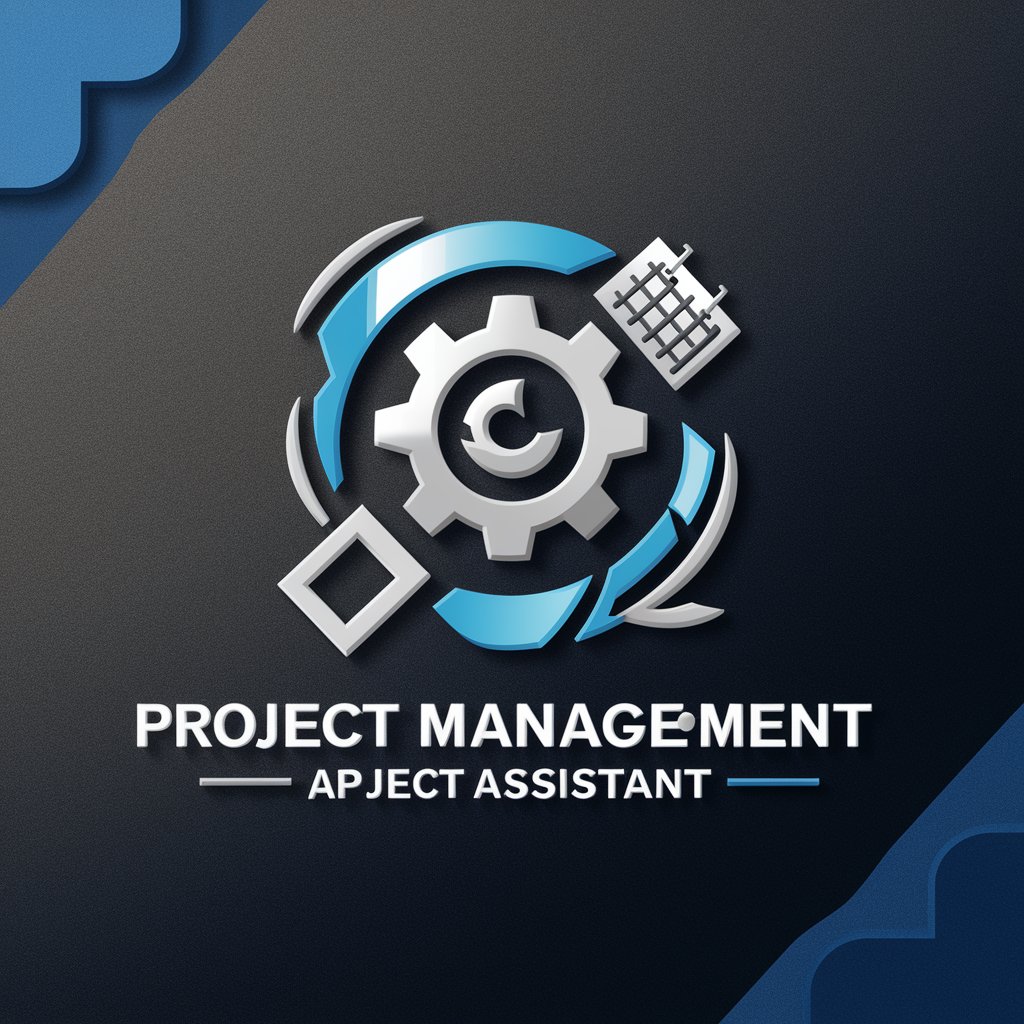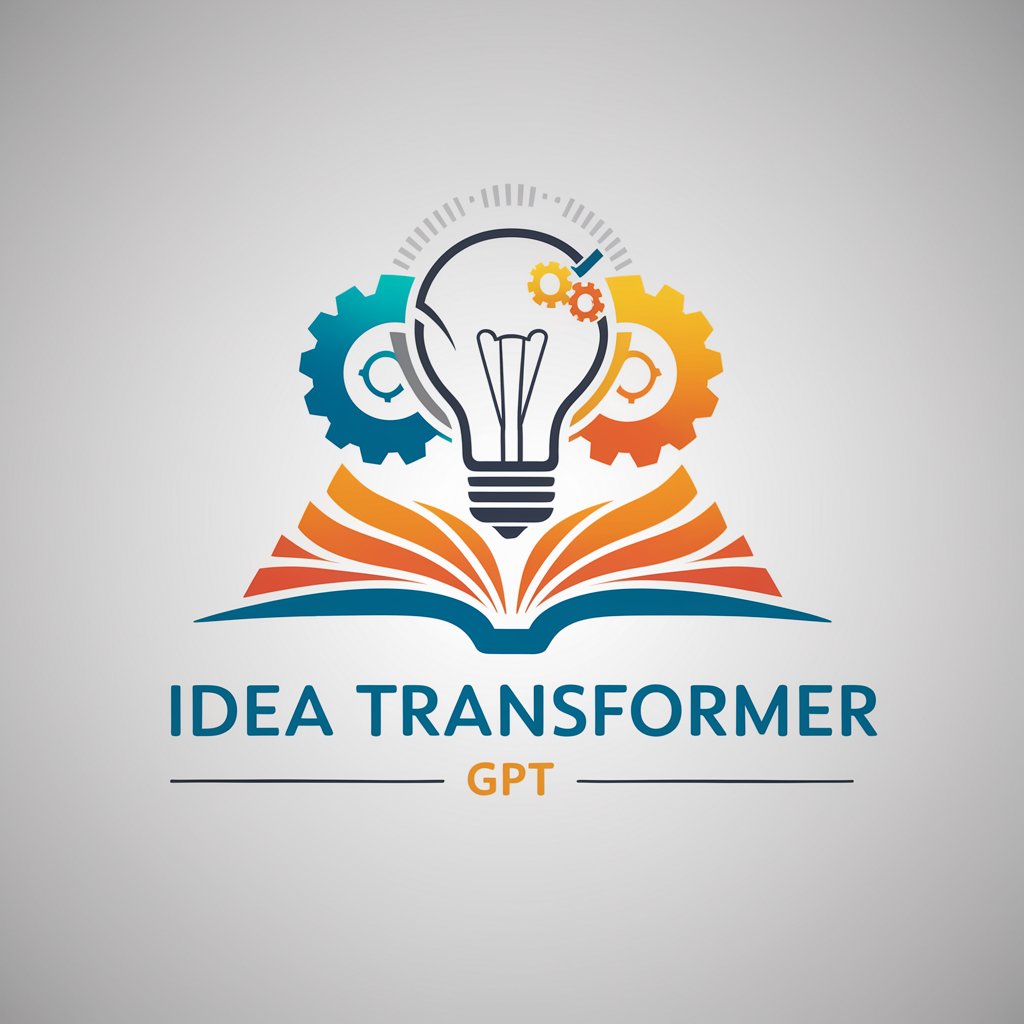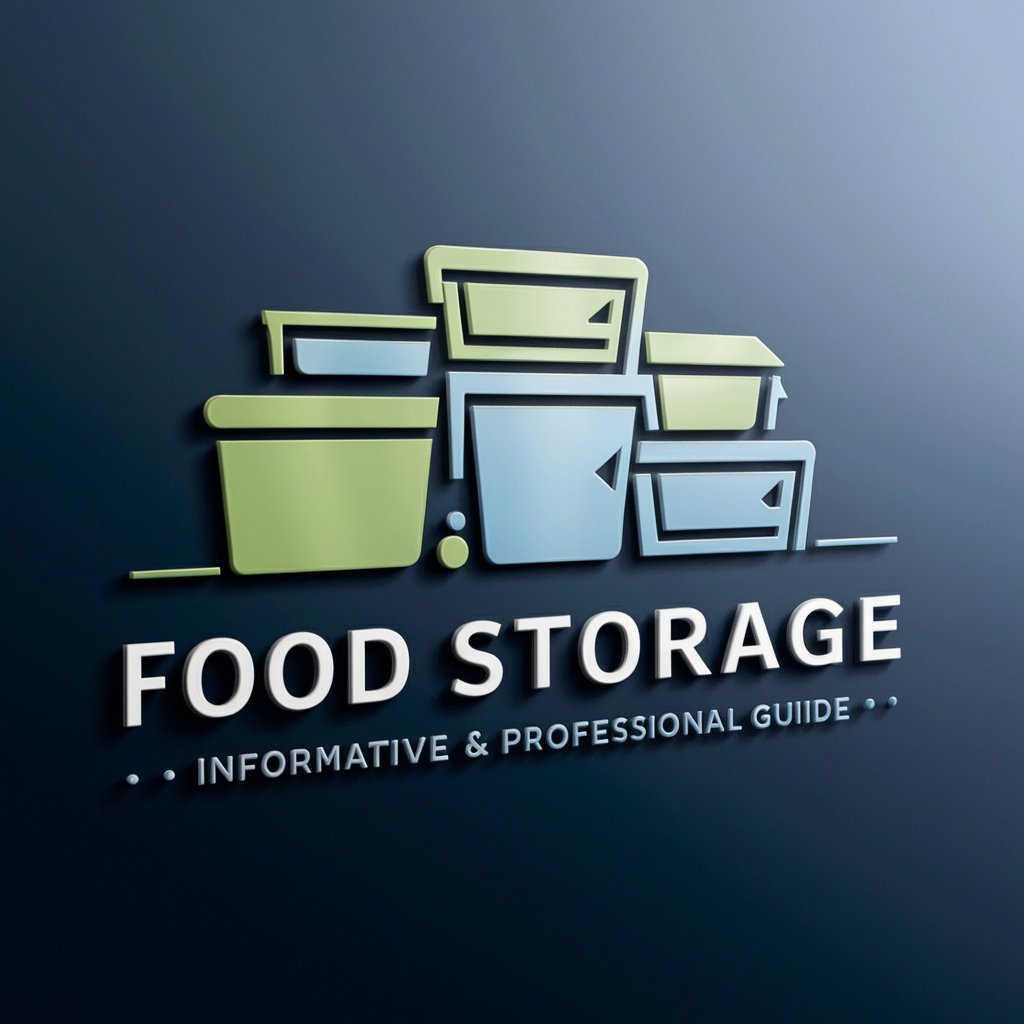
Memory reconsolidation - Memory Updating Tool

Welcome! How can I assist you with memory reconsolidation today?
Revise, Enhance, and Empower Memories
Can you explain the process of memory reconsolidation and its significance?
What are the key challenges in the field of memory reconsolidation research?
How can memory reconsolidation be applied in therapeutic settings?
What does the latest research say about non-pharmacological interventions in memory reconsolidation?
Get Embed Code
Understanding Memory Reconsolidation
Memory reconsolidation is a fascinating neurobiological process that allows previously consolidated memories to become labile and susceptible to modifications upon retrieval. This mechanism is thought to serve the purpose of updating memories with new information or weakening maladaptive memories, such as those involved in traumatic experiences or addictive behaviors. An example that illustrates this process involves a person who has a fear of dogs due to a childhood bite. Upon encountering a friendly dog and having a positive interaction, the fear memory can be reactivated and then updated with this new, positive information during the reconsolidation window, potentially reducing the fear. Powered by ChatGPT-4o。

Key Functions of Memory Reconsolidation
Updating Memories with New Information
Example
Enhancing learning in educational settings
Scenario
Students review material from a previous lesson and integrate it with new information presented in the current lesson. This process can reinforce learning by updating the memory trace with a richer context, potentially leading to better retention and understanding.
Weakening or Erasing Maladaptive Memories
Example
Treatment for PTSD or phobias
Scenario
A person with PTSD undergoes therapy where they recall a traumatic memory, and immediately afterwards, they're exposed to interventions that provide corrective emotional or cognitive information. This can lead to the weakening of the traumatic memory's emotional impact through reconsolidation, offering relief from symptoms.
Enhancing Behavioral Therapies
Example
Addiction recovery
Scenario
In addiction treatment, a patient may be exposed to cues associated with substance use, then engaged in a therapy session designed to counteract the addictive behaviors. This application of memory reconsolidation can help modify the patient's response to these cues, aiding in recovery.
Ideal Users of Memory Reconsolidation Services
Individuals with Psychological Disorders
People suffering from conditions like PTSD, anxiety disorders, or phobias can benefit significantly. Memory reconsolidation offers a mechanism through which therapeutic interventions can directly target and modify the problematic memories contributing to their conditions.
Educators and Students
In educational contexts, understanding and leveraging memory reconsolidation can enhance teaching methods and learning strategies. This knowledge enables the design of curricula and study practices that optimize memory updating, making learning more efficient and durable.
Healthcare Professionals in Mental Health and Addiction
Therapists, psychologists, and psychiatrists can incorporate principles of memory reconsolidation into their treatment plans for patients with addictive behaviors or traumatic memories. This approach can improve the effectiveness of existing therapies by addressing the underlying memory processes.

Using Memory Reconsolidation Tool
Start Free Trial
Visit yeschat.ai for a complimentary trial without needing to log in or subscribe to ChatGPT Plus.
Identify Your Needs
Determine the specific aspect of memory or learning you wish to explore or enhance through memory reconsolidation techniques.
Learn the Basics
Familiarize yourself with the fundamental principles of memory reconsolidation by accessing educational resources provided within the tool.
Apply Techniques
Utilize the tool's guided techniques for memory reconsolidation, tailored to your identified needs, to modify or strengthen existing memories.
Review and Reflect
Regularly assess the impact of applied memory reconsolidation techniques on your learning or memory goals and adjust your approach as needed.
Try other advanced and practical GPTs
InfoPulse
Empower your search with AI-driven insights.

アダチさん21号(各種アプライアンス・Storage・テープバックアップ篇)
Empowering storage solutions with AI.

Brief Creator
Streamlining Project Planning with AI

Mor-Hemp Caption Creator
Craft Your Spirit's Story with AI

Social Media Caption Creator
Crafting Captions, Powering Engagement

Project Management
Empowering Projects with AI

Idea to GPT Transformer
Transforming ideas into actionable concepts.

Food Storage Containers
Smart, AI-Powered Food Storage Solutions

Backup Storage
Secure your data effortlessly with AI-driven backups.

Job Finder
Empowering Your Career Journey with AI

Cold Email Wizards
Elevate Your Email Game with AI

ONLINE GROWTH HACKER
AI-Powered Marketing Growth

Memory Reconsolidation Q&A
What is memory reconsolidation?
Memory reconsolidation is a process by which previously consolidated memories are recalled and then stored again for long-term storage. This process allows the memory to be potentially altered or strengthened.
How can memory reconsolidation aid in learning?
Memory reconsolidation can enhance learning by allowing the integration of new information into existing memories, thereby updating or strengthening those memories and making learning more flexible and adaptable.
Can memory reconsolidation help with trauma?
Yes, memory reconsolidation has been explored as a therapeutic approach for trauma. By reactivating traumatic memories in a safe environment and integrating new, non-threatening information, it can help attenuate the emotional response associated with those memories.
What are common techniques to trigger memory reconsolidation?
Common techniques include memory recall in a new or different context, therapeutic interventions like exposure therapy, and cognitive behavioral techniques aimed at integrating new, positive information with the recalled memory.
Are there limitations to memory reconsolidation?
Yes, memory reconsolidation may not be effective for all types of memories or in all individuals. Factors such as the age of the memory, individual differences in memory stability, and the specific techniques used can influence the effectiveness of reconsolidation.